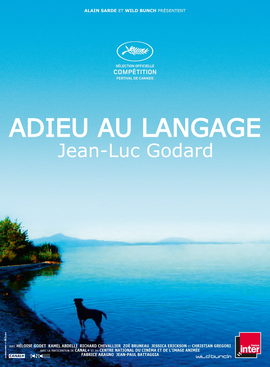A blog formerly known as Bookishness / By Charles Matthews
"Dazzled by so many and such marvelous inventions, the people of Macondo ... became indignant over the living images that the prosperous merchant Bruno Crespi projected in the theater with the lion-head ticket windows, for a character who had died and was buried in one film and for whose misfortune tears had been shed would reappear alive and transformed into an Arab in the next one. The audience, who had paid two cents apiece to share the difficulties of the actors, would not tolerate that outlandish fraud and they broke up the seats. The mayor, at the urging of Bruno Crespi, explained in a proclamation that the cinema was a machine of illusions that did not merit the emotional outbursts of the audience. With that discouraging explanation many ... decided not to return to the movies, considering that they already had too many troubles of their own to weep over the acted-out misfortunes of imaginary beings."--Gabriel García Márquez, One Hundred Years of Solitude
Thursday, August 11, 2016
Goodbye to Language (Jean-Luc Godard, 2014)
Is Goodbye to Language the autumnal masterwork of a genius filmmaker? Or is it just an exercise in playing with old techniques -- montage, jump cuts, oblique and fragmented narrative -- in a new (at least to Godard) medium -- 3D? Not having seen the film in 3D, I'm not perhaps fully qualified to comment, but I have to say that it didn't open any new insights for me into the potential of film or the Godard oeuvre as a whole. That in the film Godard makes the wanderings of a dog more coherent and interesting than the conflicts of his human characters is telling: He is obviously more emotionally invested in the dog, played by his own pet, Roxy Miéville, than in the people, whose story can only be pieced together from the fragments of what they do and say to each other. Language, as the title suggests, is subordinate to direct sensation, in which the dog has an advantage over the incessantly chattering and analyzing humans. Godard suggests this through a barrage of quotations from philosophers and novelists, which keep tantalizing us away from simply absorbing the images that he also floods the film with -- the cinematographer, responsible for many of the novel 3D effects, is Fabrice Aragno. Even without 3D, Goodbye to Language is often quite beautiful, with its saturated colors, but I'm not convinced that it adds up to anything novel or revelatory.
Subscribe to:
Posts (Atom)
